
The average user of a data catalogue wants to find a set of data and does not want to be bothered by the detail. That is why the search interface has been simplified, and the power-user features are reserved for the administration interface.
Our Lucene based search engine provides a full text search capability including the ability to search for synonyms. This means that when a person searches for “agricultural land” datasets that are described as “Farmland” will be returned. People searching for datasets are also provided with hints that automatically drop down and react to the text they have already typed.
Search results are simple too, and come complete with faceting controls to further limit your search results. This powerful tool allows domain administrators to tailor their users experience by adding tags as needed.
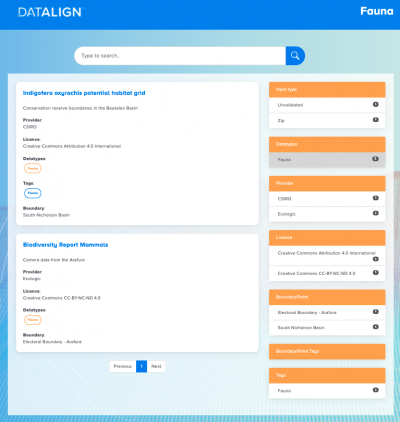
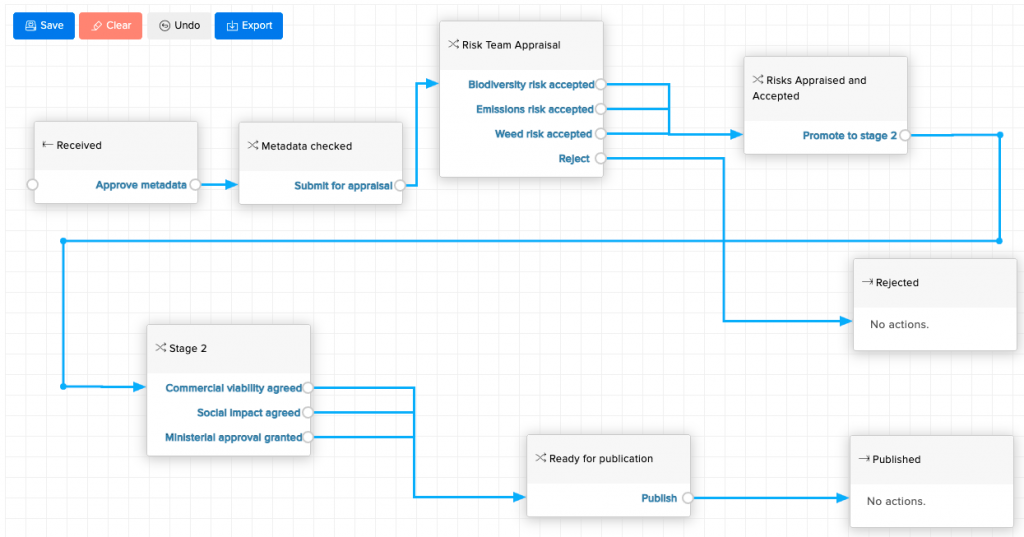
Data managers can build their own workflows using our intuitive visual tools. Each status in the workflow can be configured to allow the metadata or the data to be updated (or not). Also, because others depend on your efficiency, the workflow statuses can include service level agreements with dashboard reminders indicating that your pre-determined time limit is going to expire.
Actions and Statuses in the workflow can be configured to allow or prevent editing.
Complex data submissions frequently require two or more data management workflows. Datalign allows multiple simultaneous workflows to run on one data collection. This means that a multi-part approval process is easy to monitor and administer.
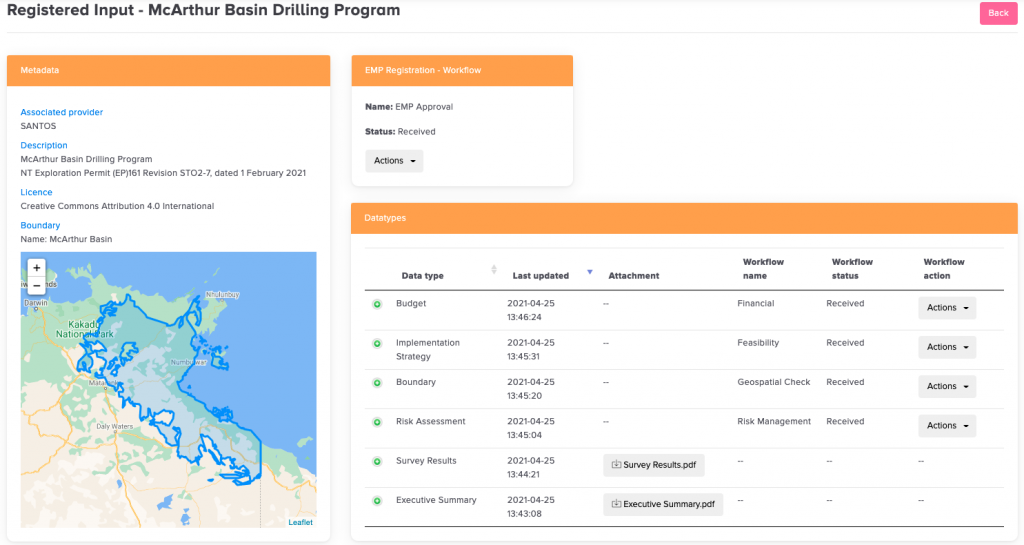
Users whose only interest is in a particular geographic area, a particular workflow event or a particular type of data can set up custom notifications which will result in an email to the user when the configured event occurs.
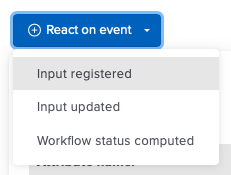
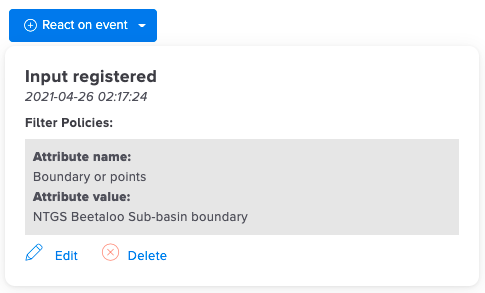
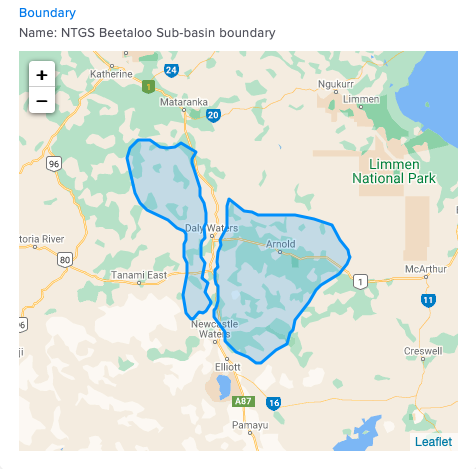
This user will be notified when new data is registered concerning – this geographical area
All data in an organisation should adhere to a minimum data standard, but although this is necessary it is seldom sufficient. Because every data type is different and they frequently require different additional metadata. The metadata describing a movie for example may include the director and the running time, while the metadata describing a gas well will almost certainly include its latitude and longitude. Datalign allows organisations to implement a minimum metadata standard but then it also gives domain managers
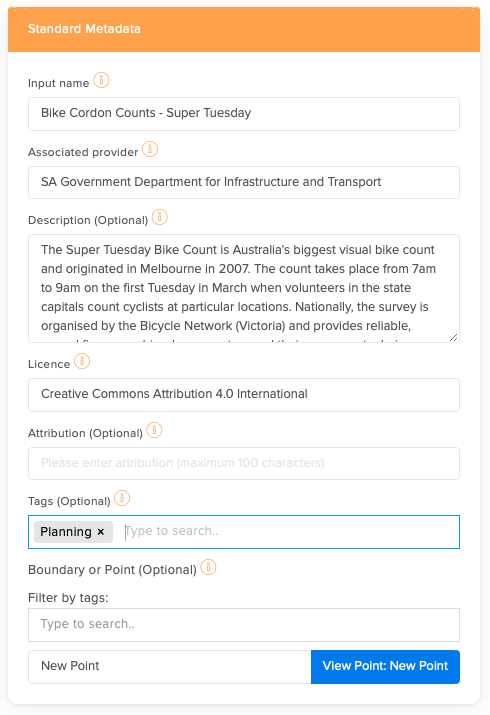
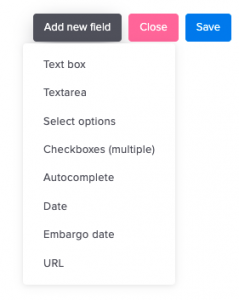
Data administrators can add metadata elements and make them mandatory or optional and can also provide all of the supporting explanatory material, including tool tips, links to external policies and so on.
The data manager can also decide who can read or edit the data in the custom fields

Datalign is designed for data managers. Data managers need to administer standards and apply them to incoming datasets as best they can. Datalign supports this by allowing multiple system metadata models. Metadata standards then be applied depending on the maturity of the data domain and the type of data being managed. When a data administrator sets up new fields to capture additional metadata, they have the option to map those input fields to the metadata standards, that way people can draw data from the system

The Datalign system can be configured to support different user roles, and different workflows per domain whilst still maintaining corporate metadata standards.
This is done by maintaining the models at a corporate level but mapping the configurable data entry fields to the model at a domain level.

Suite 6, Rowland House | 10 Thesiger Court | Deakin | ACT 2600
